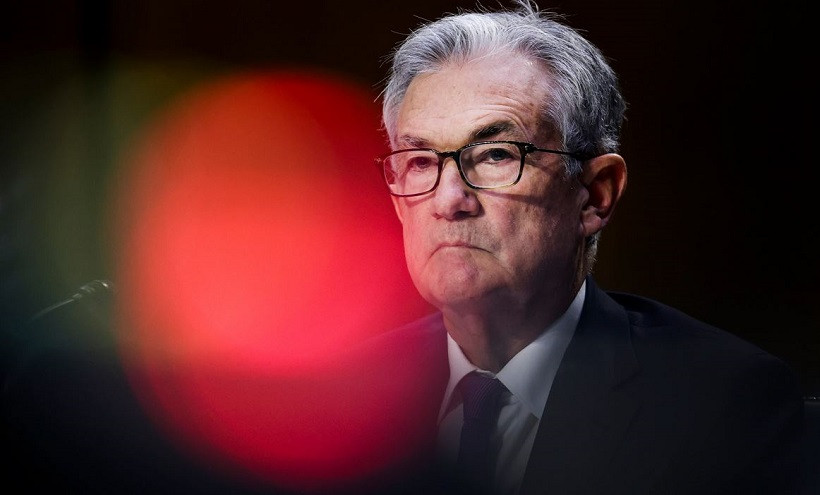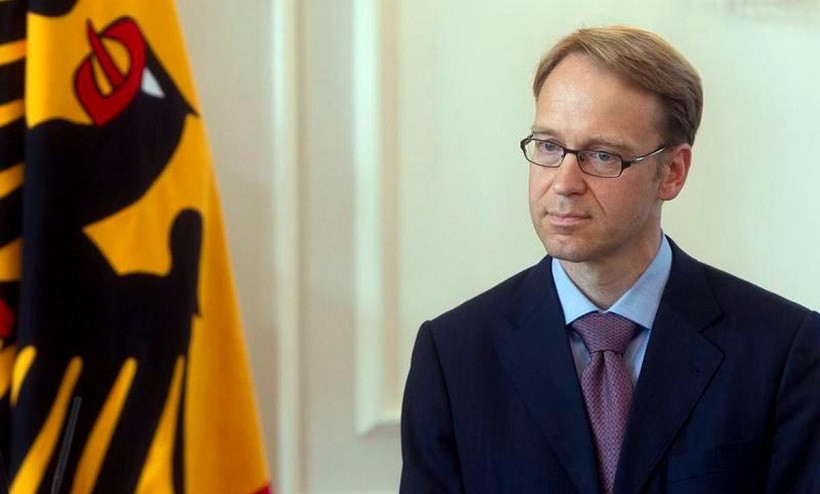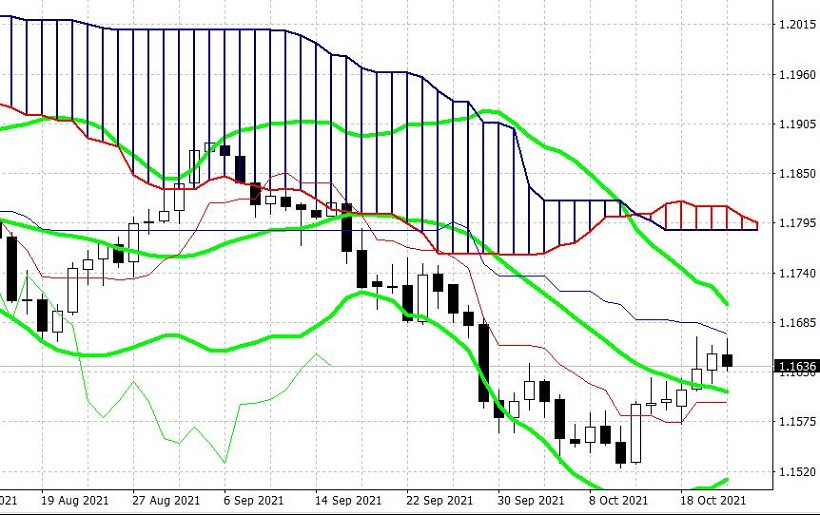The euro-dollar pair continues to drift in a narrow price range, besieging the equator of the 16th figure. The low volatility of the pair reflects the indecision of both buyers and sellers. The ongoing rally on Wall Street, as well as the situation around Jerome Powell, are putting background pressure on the US currency. The US dollar index also hovered after a sharp decline last week. The general craving for risk has reduced the attractiveness of the greenback, although it is absolutely impossible to write it off, especially in the context of EUR/ USD.

It is noteworthy that the buyers of the pair did not become beneficiaries of the temporary decline of the US currency. Repeated attempts to approach the borders of the 17th figure were cut short on the approach in the area of the resistance level of 1.1670 (the Kijun-sen line on the D1 timeframe). Such indecision of EUR/USD bulls suggests that their behavior is due only to the weakness of the greenback. While the euro did not have its own ambitions and forces for a large-scale recovery, and it does not. Moreover, the news background of the last few days does not please the buyers of the pair. The resignation of Bundesbank President Jens Weidmann and the "dovish" comments of the head of the Bank of France are playing against the euro, and not only paired with the dollar. In such cross-pairs as EUR/GBP and EUR/CHF, the single currency is also a clear outsider.
Let me remind you that a long-term supporter of the "hawkish" views - Jens Weidmann - announced Wednesday that he would leave his position at the end of this year. He served as the head of the Bundesbank for 10 years - since May 2011. Weidman was also a member of the Board of Governors of the European Central Bank, where he actively criticized the policy of quantitative easing in the eurozone. The representative of Germany is one of the most influential members of the ECB - after the resignation of Mario Draghi, he was considered one of the main candidates for the post of head of the European Central Bank (but, as you know, Christine Lagarde subsequently took this position, acting as a compromise figure). In other words, the European regulator loses an active "fighter," who, as a rule, defended the "hawkish" position. According to a number of experts, Weidman's departure means that the ECB will continue to downplay the risks of high inflation by implementing an ultra-soft monetary policy. Representatives of the "dovish wing" of the Central Bank will not feel much resistance at the same time.
In his resignation statement, the head of the Bundesbank urged his ECB colleagues "not to lose sight of future inflation risks." It seems quite obvious that with the departure of Weidman, the "hawkish wing" of the European regulator will significantly weaken.
Meanwhile, the head of the Bank of France, Francois Villeroy de Galhau, continues to insist that the current inflation rate in the eurozone is temporary, and, therefore, the European Central Bank needs to be patient not to take "hasty steps." His opinion is shared by many colleagues at the Central Bank, including Christine Lagarde.
This suggests that the European regulator is still not an ally of the euro: the ECB's accommodation policy will be implemented next year, and the interest rate will not be increased until 2024.

Such prospects contrast with the intentions of the Federal Reserve, whose representatives take a more "hawkish" position. No one doubts that at the next meeting of the Fed (November 2-3), the American regulator will announce the tapering of QE. Also, no one doubts that the next step after the tapering of the incentive program will be an increase in the interest rate. However, the question of when exactly this will happen (at the end of next year or in the first half of 2023) is still a matter of discussion. For example, James Bullard calls on his colleagues to tighten monetary policy next year, while Thomas Barkin voices a more cautious approach, stating that a possible rate hike "depends on inflation and the state of the labor market." But Loretta Mester announced Thursday that "in the near future" the Federal Reserve will not raise interest rates, despite the tapering of the asset purchase program. Actually, if we recall the Fed's point forecast, which was published following the results of the September meeting, then this correspondence discussion looks quite logical: 9 out of 18 members of the Committee allowed a tightening of the rate already in 2022.
Thus, the divergence of the ECB and the Fed rates is clear. This anchor of a fundamental nature will continue to weigh down any attempts by EUR/USD buyers to organize a large-scale correction. There is no need to talk about a trend reversal.
Nevertheless, the dollar cannot gather its thoughts to continue its downside offensive. The current fundamental background does not contribute to a powerful price breakout. Among the reasons is an increased craving for risk. Wall Street is experiencing its biggest weekly rally since June. The positive start of the corporate reporting season in the USA gave confidence to investors, which in turn led to an impressive rise in stocks. The Wall Street rally allows the demand for risky assets to dominate the financial markets.
Also, the greenback is under pressure due to weak US manufacturing data. In September, industrial production in the United States decreased by 1.3% on a monthly basis. On an annualized basis, the indicator also came out in the "red zone," rising to 4.6%.
Another factor of pressure on the dollar is uncertainty about the fate of Jerome Powell, in the context of his reappointment as head of the Fed. His term of office expires in February 2022, and until recently, almost no one doubted that his candidacy would be approved for reappointment. However, this week information surfaced in the American press that Powell sold shares from his personal account on October 1 last year - a few days before the publication of the minutes of the September Fed meeting. Officials have yet to make any claims or accusations of illegal use of insider information, but the probability of his reassignment has decreased from 90% to 65%. In this case, the dollar is under the background pressure of possible uncertainty, but if we talk about the long-term prospects, the greenback can benefit from Powell's loss. The fact is that the most likely candidate for the post of head of the regulator after Powell is Lael Brainard, who adheres to more "hawkish" views.
Thus, the dollar retains the potential for further strengthening, despite its temporary "depression."

From a technical point of view, the EUR/USD pair on D1 is located between the middle and upper lines of the Bollinger Bands indicator. Taking advantage of the temporary weakness of the greenback, bulls may again try to approach the resistance level of 1.1670 (Kijun-sen line on D1). But it is unlikely that traders will overcome and, moreover, consolidate above this level. Therefore, in this price area, it is advisable to consider short positions with the first target of 1.1605 (the average line of the Bollinger Bands on the same timeframe) and the main target of 1.1590 (the Tenkan-sen line).
The material has been provided by InstaForex Company - www.instaforex.com